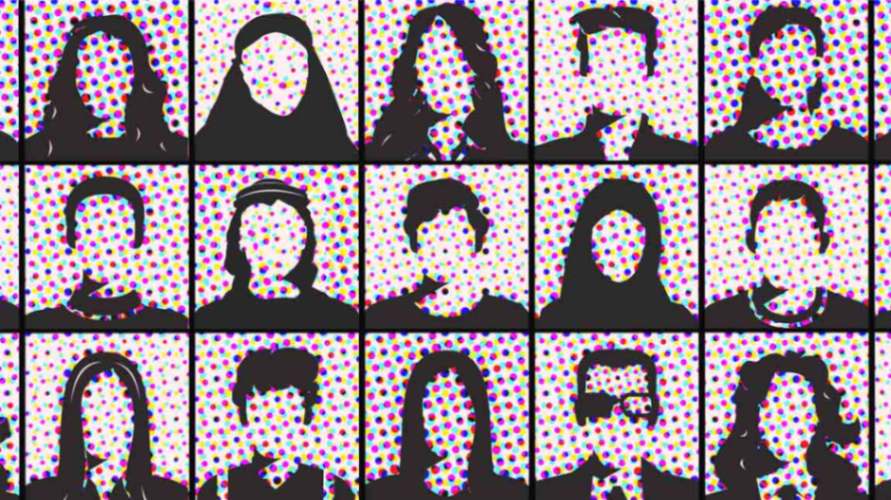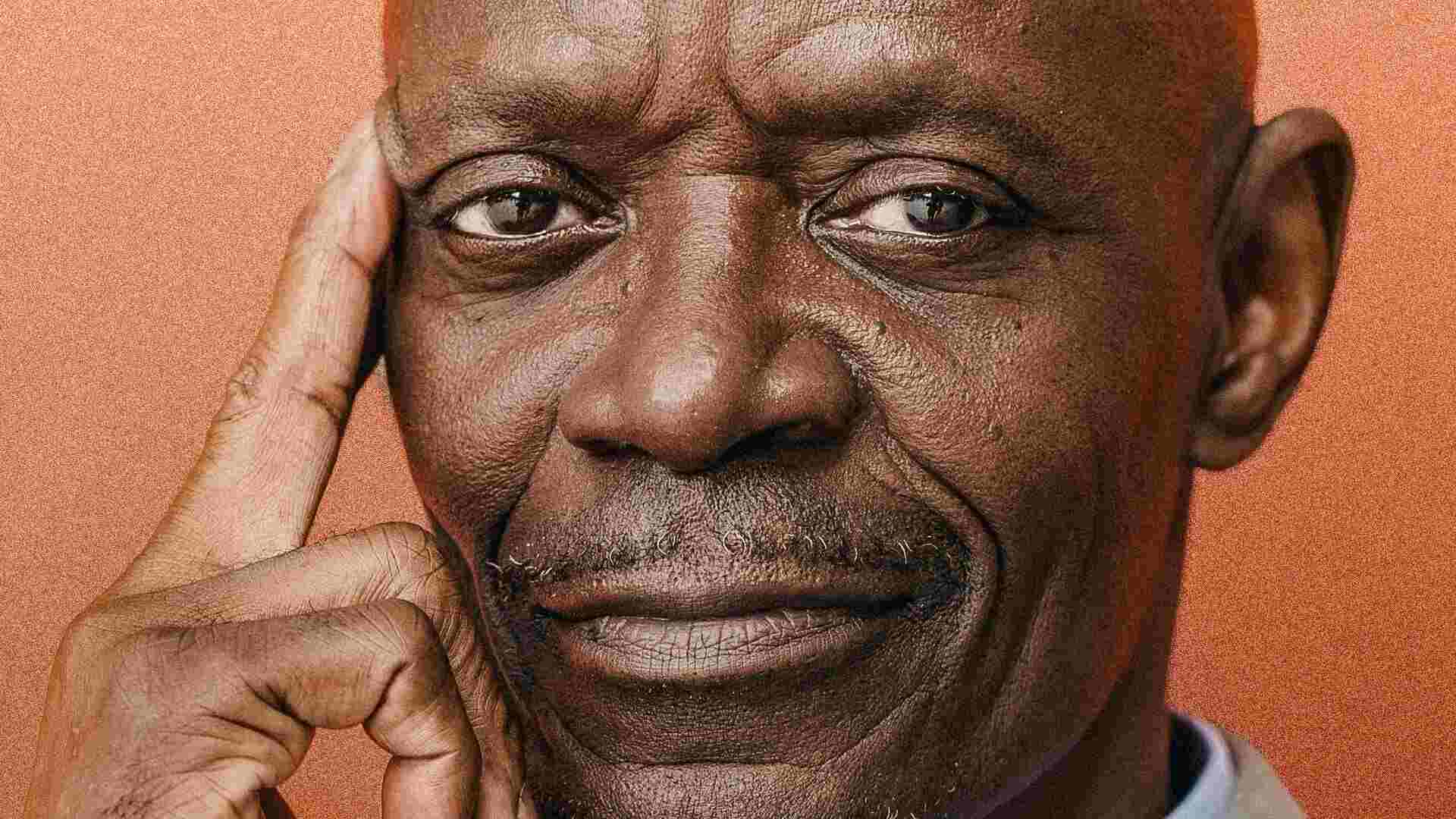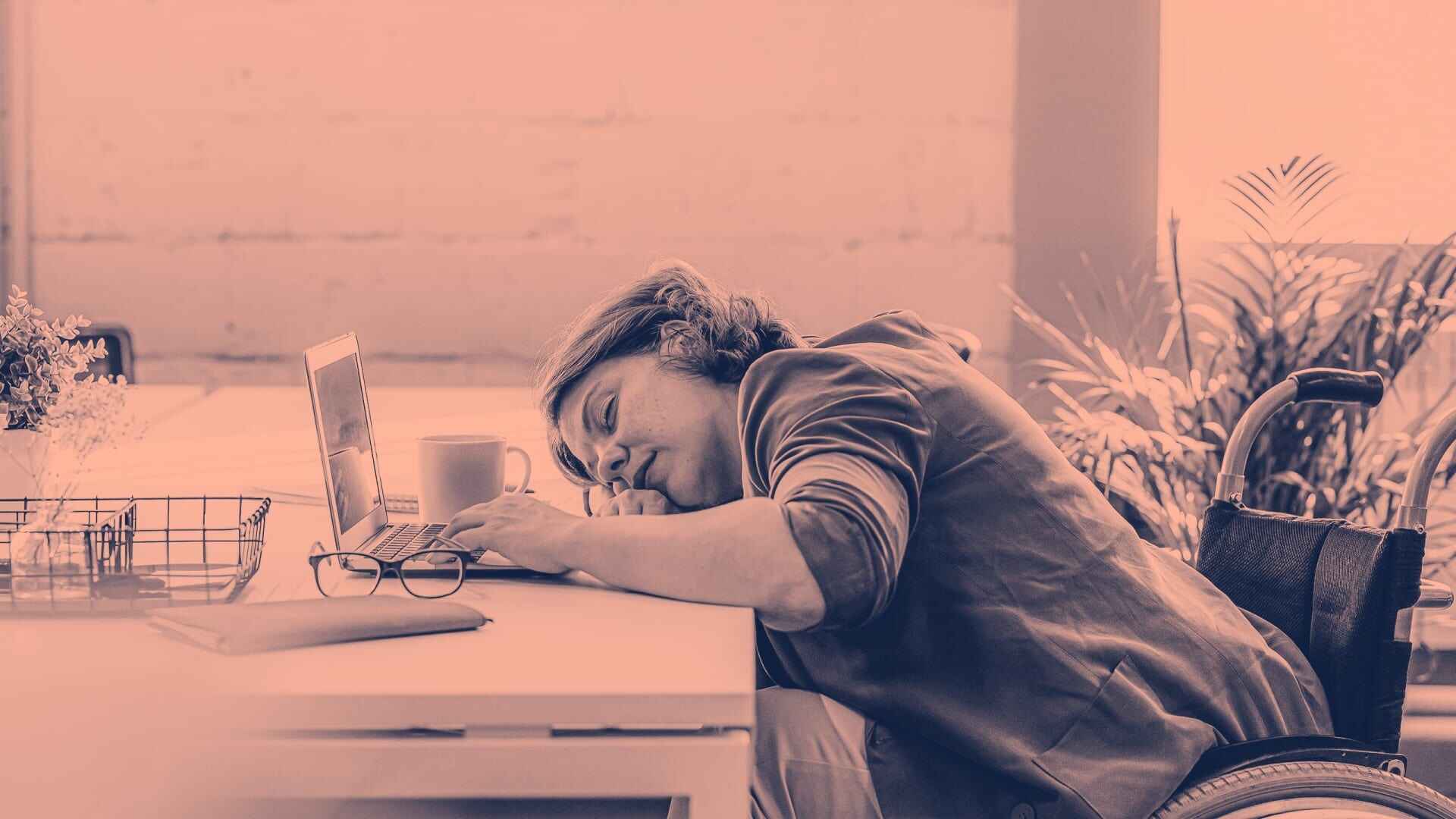- | 8:00 am
Why art may be the secret to better stress management
Creating art can serve as an antidote to stress whether or not you’re an artist and even consider yourself creative.

If you’re suffering from stress, you’re not alone. Studies suggest that anxiety levels among workers have recently increased. One unlikely solution to help you renew and recover is art. Creating art can serve as an antidote to stress whether or not you’re an artist and even consider yourself creative.
A study published in PLoS One found that visual art production changes your brain, and as a result, can enhance your resilience and happiness—reducing pressure and increasing your well-being physically, emotionally, and cognitively.
Many workers know the classic stress-management strategies, such as deep breathing, meditation, exercise, and spending time in nature, but actively creating art may be one of the most powerful tactics you didn’t know about. Here’s why making art—especially painting and drawing—may be the secret to better stress management, and how to get started for yourself.
STRIKE A HEALTHY BALANCE
When working on building your own artistic endeavors, your goal shouldn’t be to eliminate stress altogether. In fact, I have found that some pressure is actually helpful so long as you find a healthy “goldilocks” level of stress. Too much stress can plunge you into burnout or inaction. But the same is true if you don’t have enough challenges. Too little stimulation can leave you feeling de-energized or unmotivated.
Many people find the greatest satisfaction from activities in work and life that require us to think and grow, to act in new ways or learn new skills. Getting involved in an art project can help you discover and develop your own artistic or creative skills. Start with what you’re comfortable doing or have already mastered—you don’t have to always feel stretched—and then try out different artistic forms or creative avenues to keep you on your toes.
FOCUS ON WELL-BEING
One reason creating art is so effective for managing stress is that it engages and challenges us. Art also has the power to impact the way our brains operate. The same study found that when people were creating art, they improved the connectivity between key brain regions and activated areas associated with better regulation of emotions, improved memory, greater self-awareness, and focus. In addition, participants reported greater resilience and tolerance of stress.
Additional research by Drexel University found that when people engaged in creative activities—even coloring or doodling—the pleasure centers of their brain were further activated. They were literally increasing blood flow in their brains’ reward region, contributing to greater feelings of happiness and self-confidence. The effects were true for both artists and nonartists.
You can translate this insight for your own life by making time for creative pursuits, finding your own form of artistic expression. Think about taking an art class or, if most of your staff is back in the office, consider setting up easels in a conference room and encourage colleagues to tap into their inner artist on their lunch hour. Or maybe create amateur videos or try your hand at something in more of a decorative art form.
Emphasize the process of your creative work rather than the outcome. The benefits come not from world-class art productions, but from the time you spend in expressing yourself artistically.
MAXIMIZE YOUR HAPPINESS AND CONNECTIONS
Additional research on art and creative pursuits found correlations with happiness. One study in the British Journal of Clinical Psychology showed that when people were involved in other creative activities—including singing in a choir and creative writing—they experienced more positive emotions, which lasted beyond the activity itself.
Another study, published in The Journal of Positive Psychology, found that people who were involved in creative endeavors on a regular basis were more inclined to participate in even further creative activities in their lives. Art drove positivity, which in turn saw creativity as a path to flourishing. And be broad in your definition of what constitutes artistic pursuits.
Artistic and creative activities can also contribute to meaningful connections with others. One study from the University of Cambridge established a link between empathy and creativity. When art students thought more about others, their work was more creative. They even started solving problems more effectively and felt greater levels of social well-being.
Making things for others, from knitting a blanket for an elderly neighbor to taking a pottery class for yourself and gifting some of your creations, allows art to nurture your well-being as well as thinking beyond yourself.
Art and creative pursuits that foster empathy and social connections are powerful on so many levels, including reducing stress, increasing feelings of positivity, and contributing to better brain health. So, even if you’re not an artist in the literal sense of the word, you can create opportunities for creativity and artistic inspiration that will benefit you in both your work and personal life.







































